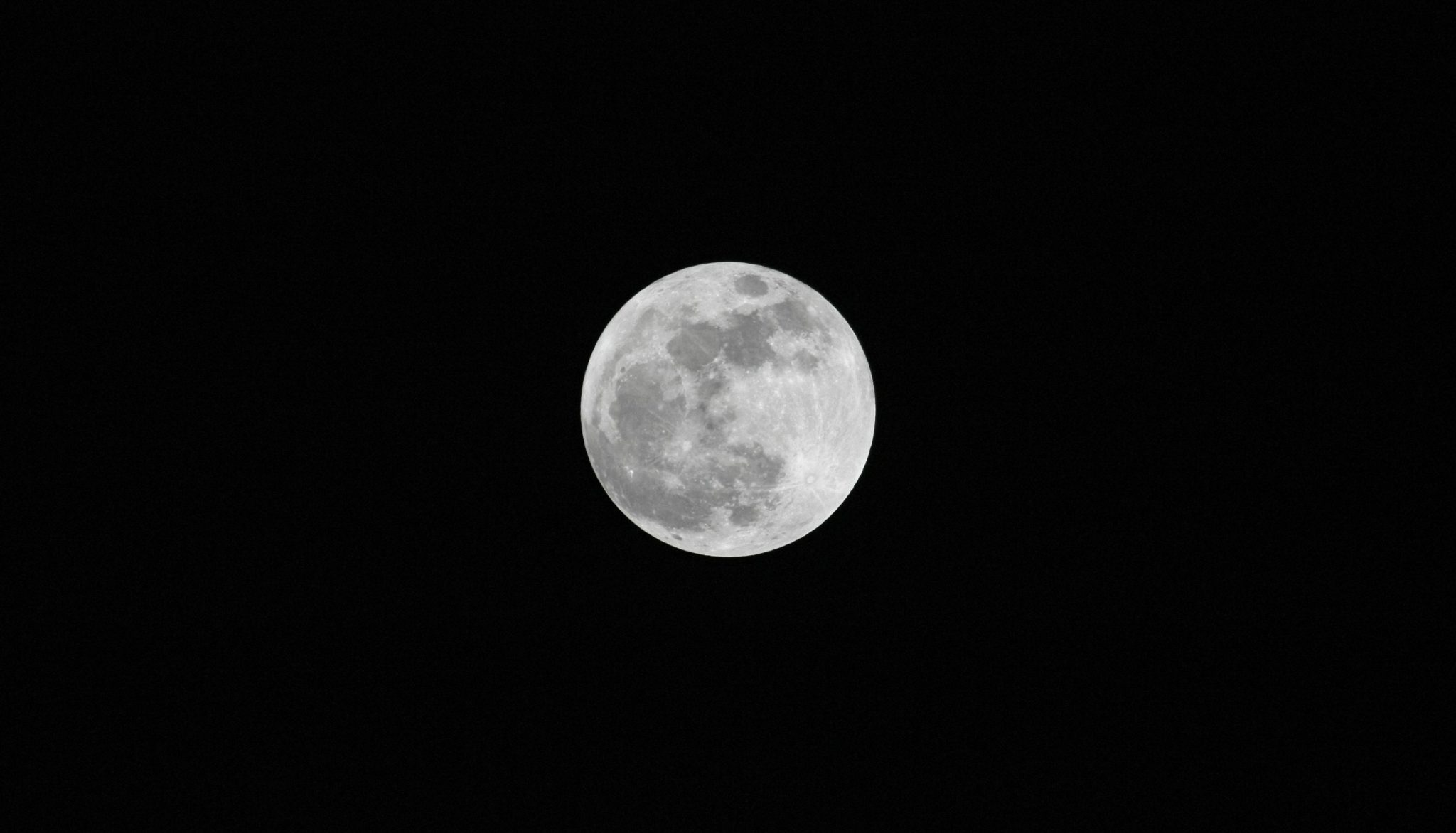
NASA has just rediscovered a satellite that it lost in space over a decade ago. The Imager for Magnetopause-to-Aurora Global Exploration (IMAGE) was launched in 2000 to create the first comprehensive images of atmospheric plasma. It completed its initial mission in 2000, but it failed to make contact again in 2005. Scientists had hoped an eclipse in 2007 would kickstart a reboot, but it didn’t and then the mission was declared as being over. IMAGE was then expected to spend the rest of its days floating around the universe. But, earlier this month, an amateur astronomer had spotted it in the skies. Amazing, right?
NASA didn’t confirm this until January 30th. And I mean, I would be skeptical of this as well. It’s been over 10 years, and one would assume that it would never be seen again. However, a few days ago, the John Hopkins Applied Physics Lab in Laurel, Maryland had successfully collected telemetry data from the satellite. The NASA team has been able to read some basic housekeeping data from the spacecraft, suggesting that at least the main control system is operational. Scientists and engineers at NASA’s Goddard Space Flight Center in Greenbelt, Maryland, will continue to try to analyze the data from the spacecraft to learn more about the state of the spacecraft. This process will take a week or two to complete as it requires attempting to adapt old software and databases of information to more modern systems.

Originally, an amateur astronomer reported that they believed they had made contact with a NASA satellite. What I find fascinating what NASA has to do now, in order to communicate with the satellite. They have to reconfigure their systems simply because of how old the spacecraft is. This includes locating appropriate software and commands to potentially operate the mission. We know technology changes at an incredibly rapid pace, so it would be an interesting task in order to find the systems that work with the satellite’s systems.
In fact, NASA states “the types of hardware and operating systems used in the IMAGE Mission Operations Center no longer exist, and other systems have been updated several versions beyond what they were at the time, requiring significant reverse-engineering.” But they were able to communicate with the satellite, which happened relatively quickly. NASA has said that it will take a couple of weeks to be able to communicate with the satellite, but is that timeline manageable?

When they get this communication going, they will try to turn on the science payload in order to understand the status of various scientific instruments. They have been able to read some basic housekeeping data from the spacecraft, which I mentioned earlier, suggesting that at least the main control system is operational. Just because they are able to do this, doesn’t mean that they will proceed with a future mission. That isn’t out of the question, however. The challenge that NASA currently has is whether or not they can find a way to operate the satellite given the age of the technology.
Regardless, this is incredible news for NASA. It might also give them insights into what the satellite has been doing over the last 10 plus years. What kinds of information has it been able to gather? And ultimately, what will this mean for future missions and developments. I, myself, am looking forward finding out what secrets IMAGE has for us.



